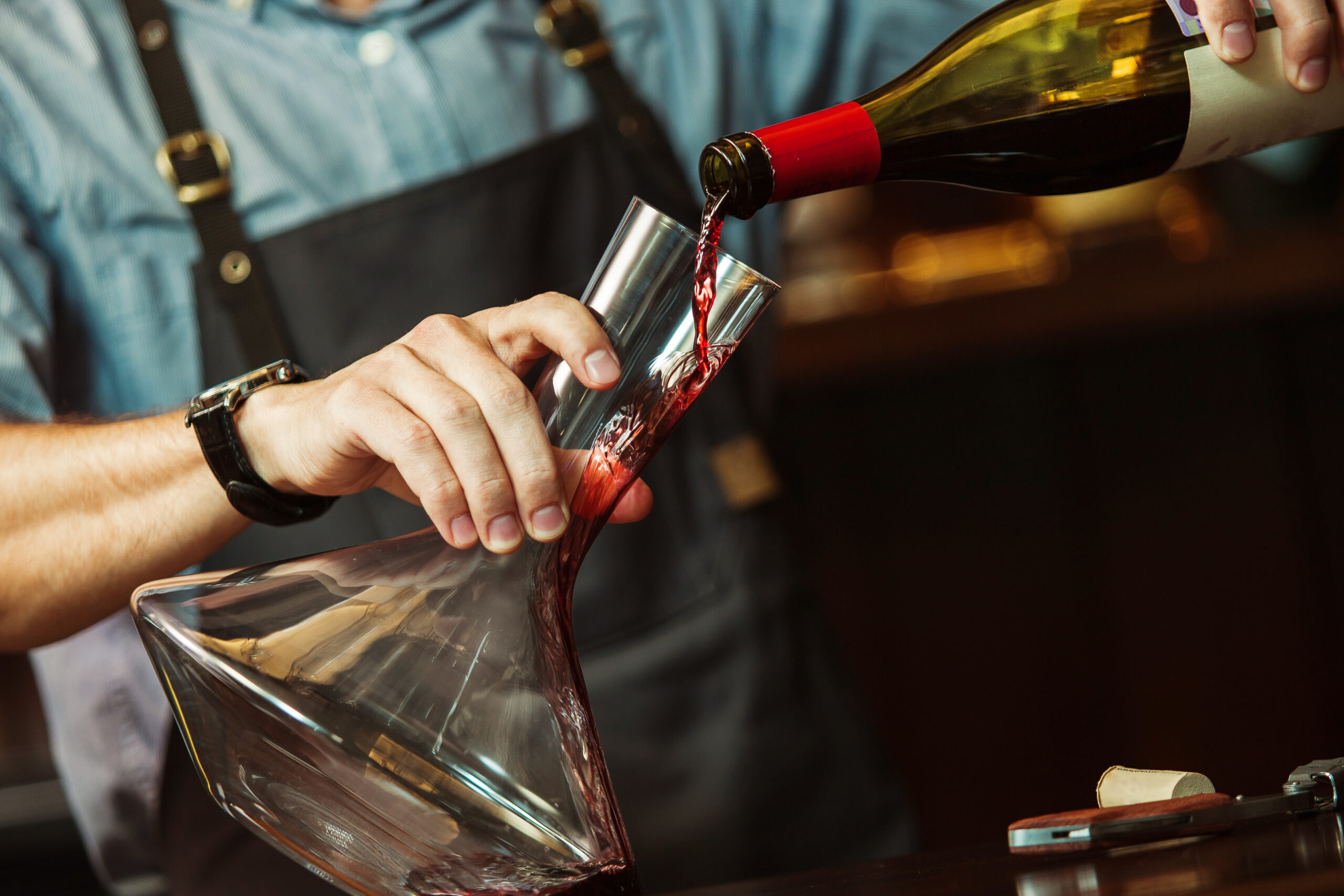
PRO-TIP / decanting older wines
Leah Jorgensen Jean
HOW TO AVOID COMMON MISTAKES & DISASTERS

There’s nothing worse than opening up a special, rare, older bottle of wine that you’ve been waiting to enjoy, and you accidentally dump sediment right into the decanter after you had carefully and earnestly tried to prevent that from happening. That begs the question – how do you effectively decant older wines to prevent mishap?
Decanting older wine can be a delicate process as you want to avoid disturbing the sediment and potentially ruining the wine’s delicate flavors. Here are some of the best decanting methods for older wine:
- Standing: Let the wine stand upright for a few days before decanting to allow the sediment to settle at the bottom of the bottle.
- Slow and steady: Pour the wine slowly and steadily into the decanter to avoid stirring up the sediment. Stop pouring before the sediment reaches the neck of the bottle.
- Candle method: Hold a candle or flashlight behind the neck of the bottle while pouring the wine into the decanter. The light will help you see the sediment and avoid pouring it into the decanter.
- Strainer: Use a wine strainer or a common tea strainer to separate coarse sediment and possible cork remnants.
- Filter: Use a wine filter to remove any sediment that may have made it into the decanter. However, this should only be done as a last resort as it can potentially alter the wine’s flavors. An example is the Üllo wine purifications system (which I’m reviewing in my next Field Notes post).
- Clean decanter: Make sure your decanter is clean and free of any odors that could affect the wine’s taste. Rinse it with hot water and let it air dry before using it to decant your wine.
Overall, it’s essential to handle older wine with care and use a gentle touch when decanting to avoid disturbing the sediment and ruining the wine’s delicate flavors.
Let us know what has worked for you! Please share in the comments below!